I was recently tapped to present at Huawei Connect 2016 where ‘the ecosystem of the Internet of Things’ was the keynote topic du jour. Not so from my speech. Instead I talked about an element of IoT that receives far too little attention: convergence and the emergence of the invisible connected-world.
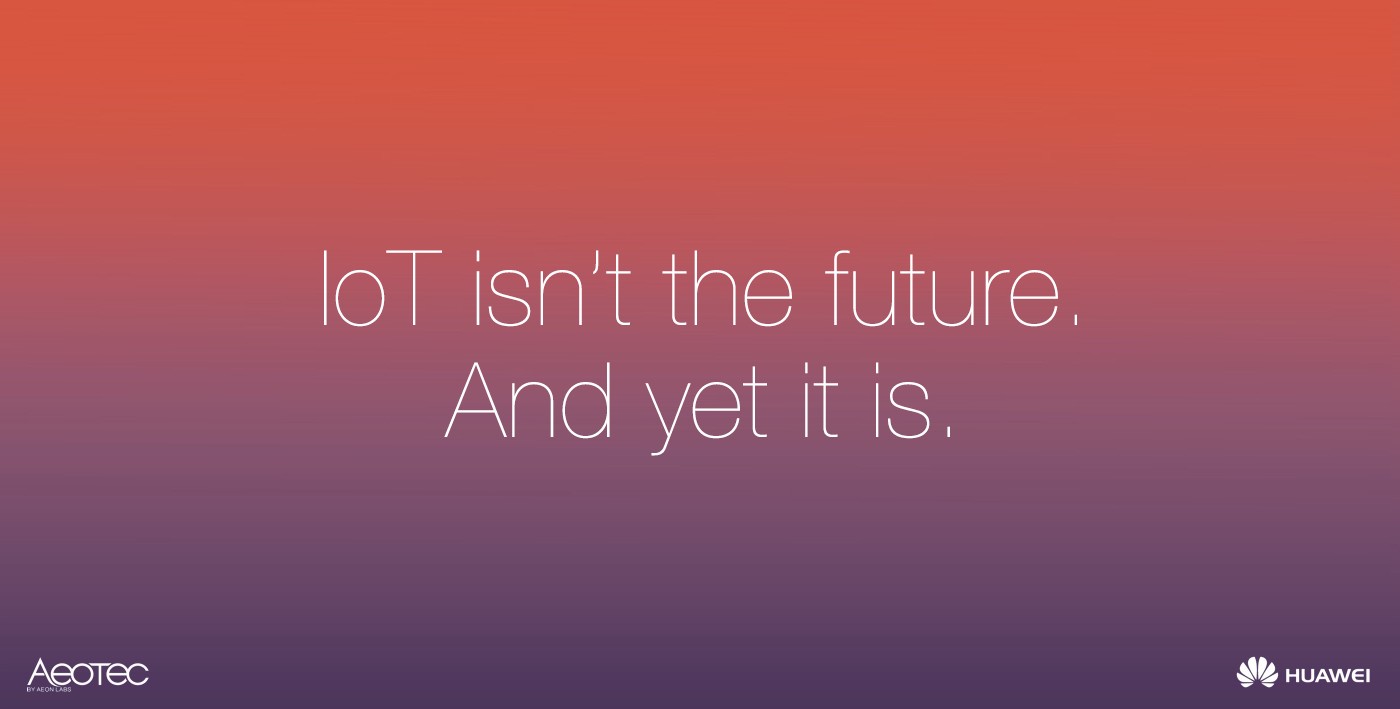 IoT isn’t the future. And yet it is.
IoT isn’t the future. And yet it is.
What follows is the original draft of that speech, re-formatted for a written medium.
IOT and smart homes.
The World Economic Forum have labelled connected devices a part of the 4th Industrial Revolution1. That’s in itself is huge. And I’d like to speak to you about that today from the perspective of 10 years of working across the connected home industry.
10 years is how long Aeon Labs have lead the development of smart home accessories. Through a market-ready range of Aeotec products, along with OEM and ODM services, Aeon Labs has engineered, designed and manufactured a range of smart-home products that are now available in over 83 countries. And we’ve designed the products that power IoT’s leading solutions.

10 years is also how long I’ve worked in the connected-home space. First, introducing wireless, smart home technology into the Australian consumer market. And now, amongst those taking the connected home global.
So I’m speaking to you today from a position of both personal experience, and of Aeon Labs’ decade worth of experience of working at the cutting-edge of the smart home.
Despite that, I don’t actually want to talk to you about smart homes. I want to speak about convergence. When I started working in the smart home industry 10 years ago, the term IoT hadn’t even been invented. Neither had the smart phone. 10 years ago, when we wanted to use the Internet we used a computer, we didn’t stream television shows, Wii became a revolution because there was finally a games machine that got children to move more than just their thumbs, and digital compact cameras were fast becoming a best seller.
 ‘Recent’ history of electronic consumer goods.
‘Recent’ history of electronic consumer goods.
Now we browse the Internet via our phone, we can binge watch TV shows on our phone, the world’s most popular gaming machine is a phone, and digital compact cameras have all but given way to phones. Naturally, that phone is the smart phone. Convergence. All in one.
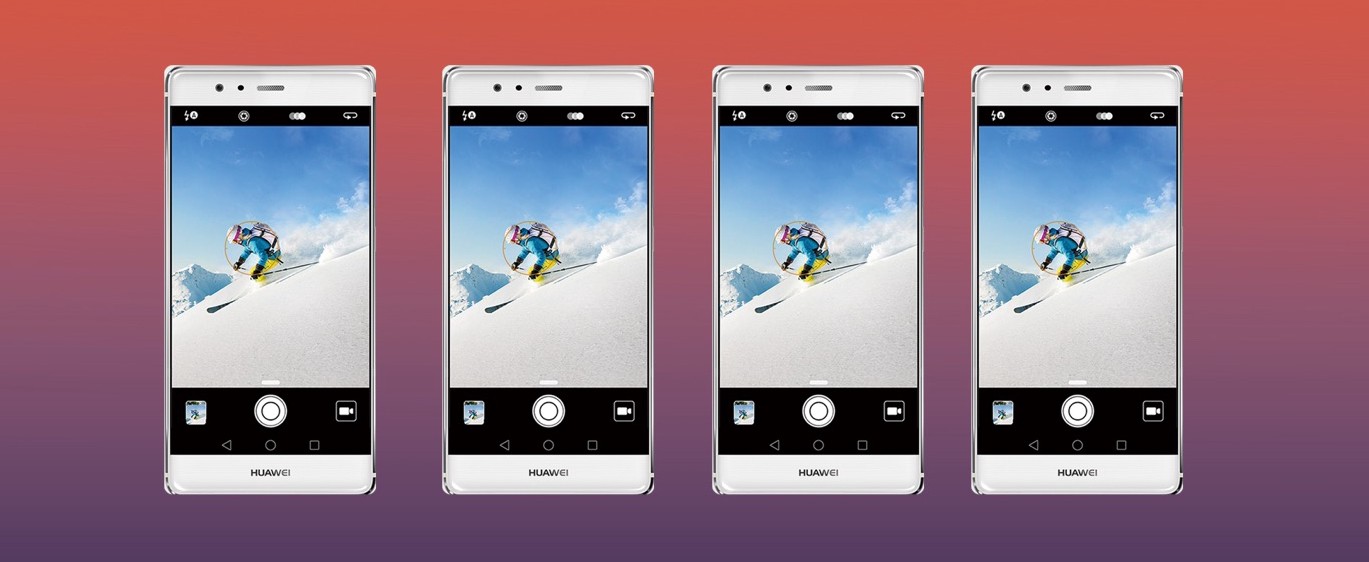 The result of convergence: everything in one; product definitions blur.
The result of convergence: everything in one; product definitions blur.
Convergence is the future of all useful technology. And it occurs without us even realising. More and more, people don’t even know when they’re using the Internet — in Indonesia, 11% of adults don’t believe that social networking apps use the Internet because they perceive “the Internet” as something you need a computer for2, and you see similar statistics repeated in parts of Africa. So, in their minds, if they’re not using a computer they couldn’t possibly be using the Internet. You and I know differently. We know that apps need data. We know that data pipes across the Internet. And we know that this paradigm shift that people are experiencing is caused by convergence.
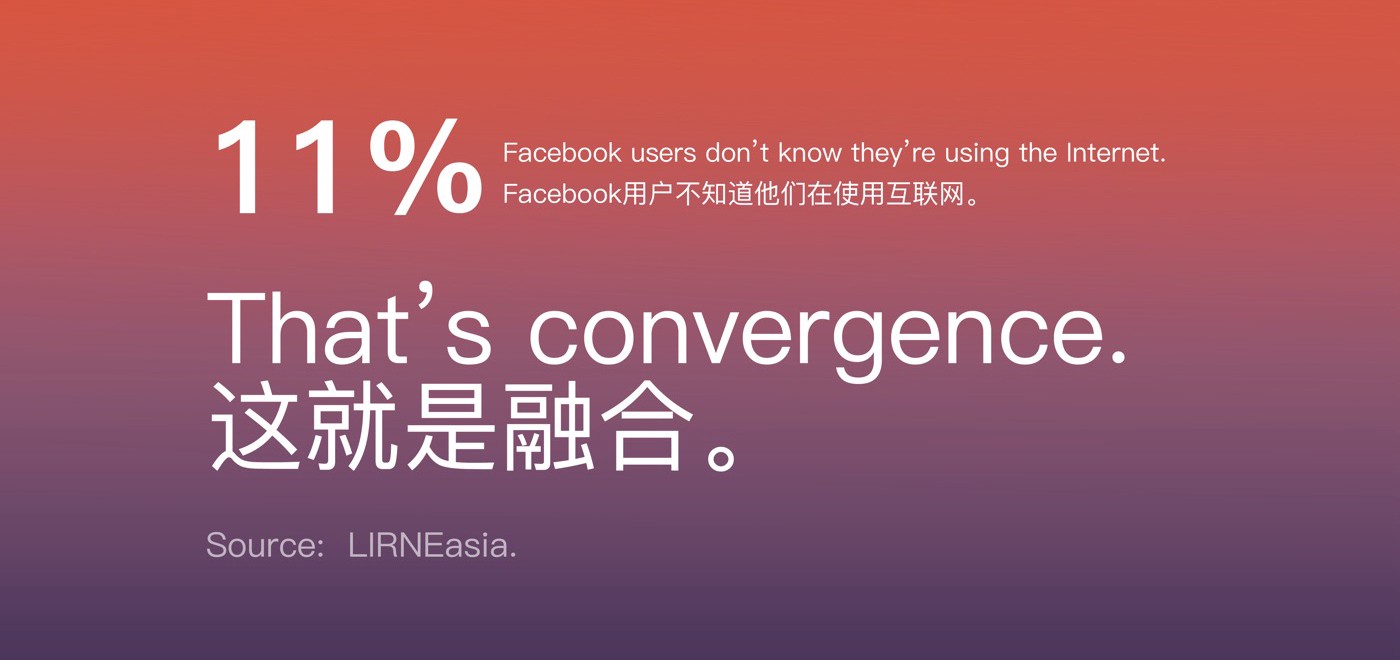 11% of adults in Indonesia don’t feel that smart phone apps use the Internet for data.
11% of adults in Indonesia don’t feel that smart phone apps use the Internet for data.
But convergence is more than the future of your phone, the Internet, and the media we consume. It’s the future of your home. Right now, we think of the smart home as something separate. As it’s our own category. As such, the IoT industry sell hubs and accessories. But it won’t be that way for long, because the mass market buys solutions and not gadgets.
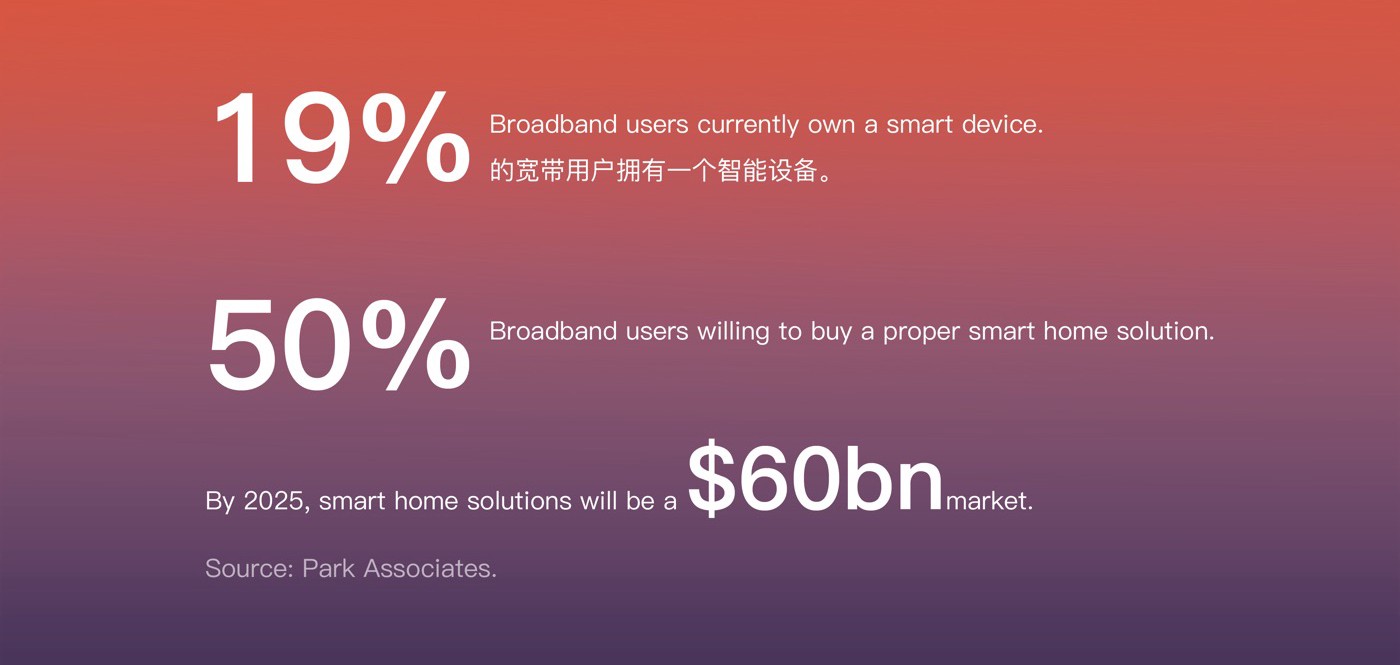 19% of broadband users own a smart device, but 50% want one in a $60 billion market.
19% of broadband users own a smart device, but 50% want one in a $60 billion market.
Home owners don’t want to control their lights from an app, they want real solutions. And there are a lot of solutions that can be addressed: above you can see statistics from the USA where connected people want to actively invest in more connections3. And from research and experience we already know what some of these connected solutions are: people want smart security systems, homes that can take care of their elderly parents, and systems that prevent disasters such as floods and fires34. That is, they want actual solutions and not connected gimmicks.
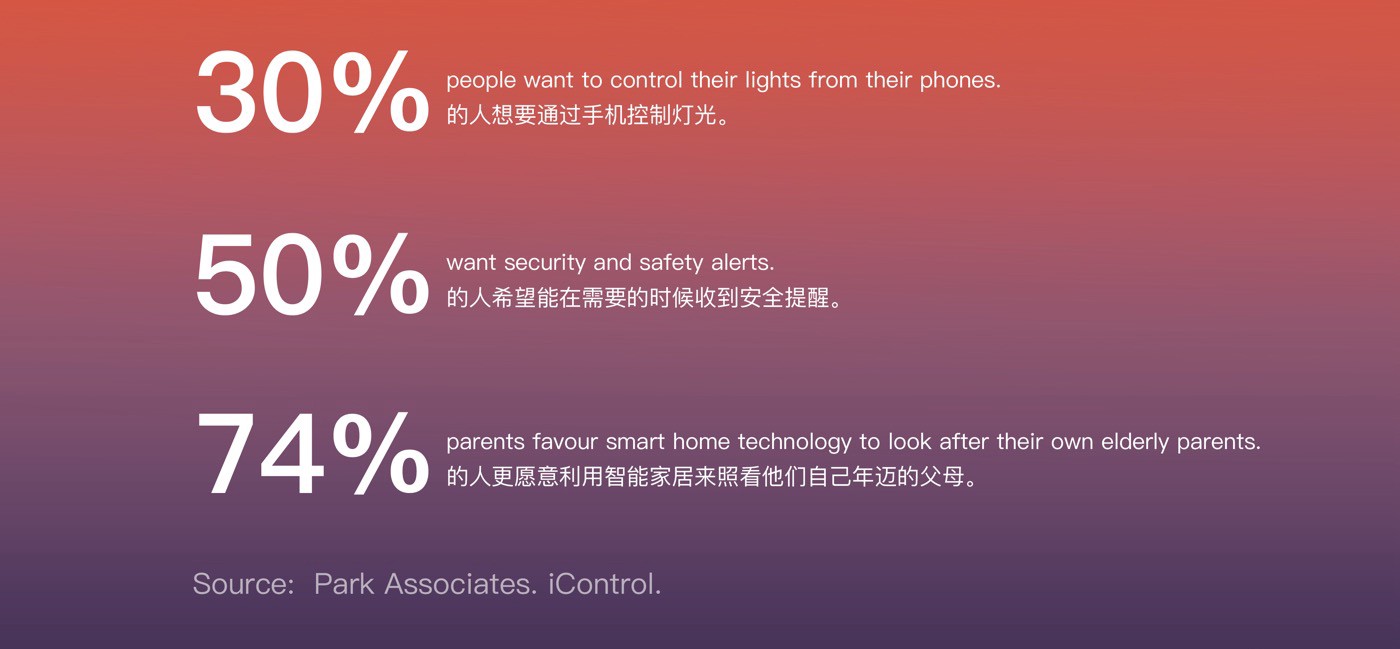 Only 30% of people want app driven lighting control.
Only 30% of people want app driven lighting control.
But instead of impactful solutions, smart home offerings to date have largely focussed on controlling your home from an app — and let’s face it, most apps are little more than a complication of the user experience that a light switch already offers. For most people, controlling your lights from an app isn’t an enhancement, it’s a pain. Hence companies working at the cutting edge of the connected home, such as Aeon Labs and Huawei, are shifting their focus from attention grabbing devices to solutions that actually deliver on what consumers want. As Wayne Gretzky quoted, and Steve Jobs popularised, we’re “skating to where the puck is going to be” and not to where IoT used to be.
Security and safety are the first wave of mass adopted IoT. That’s how convergence works. In waves, where two existing ideas come together to create something new. The mobile phone and the Internet come together to create the smart phone, and a decade later the smart phone and home security are coming together to create the smart security system. And we know that more than 50% of homeowners want it.
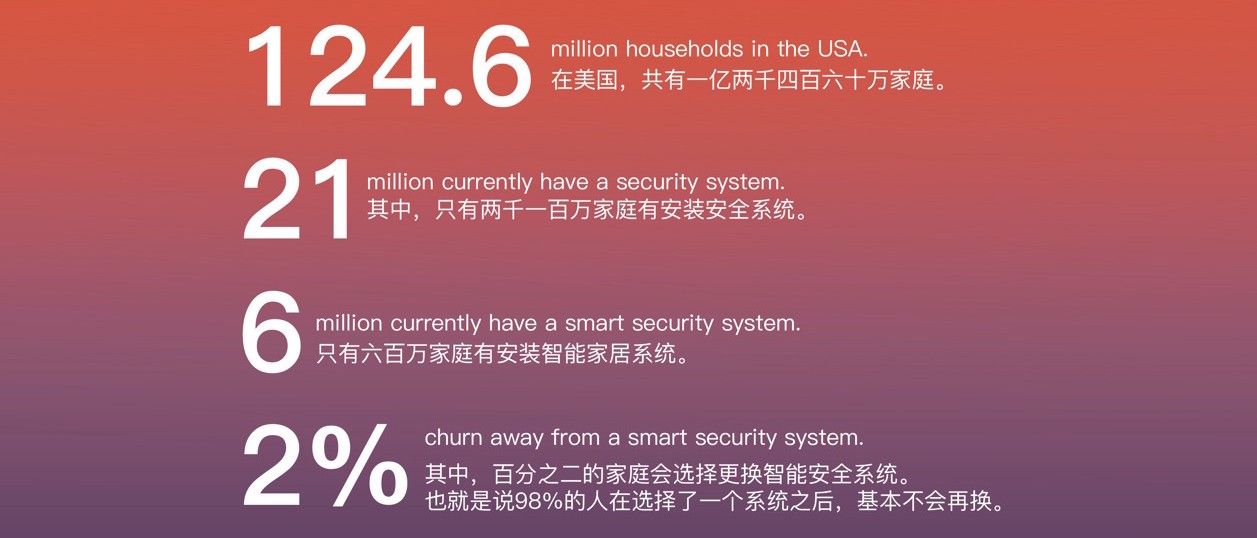 The size of the smart security system market in the USA.
The size of the smart security system market in the USA.
But only 5% currently own one. Why?
Because so few companies offer them. And that’s where opportunity exists. Convergence creates 2 things: disruption and opportunity. Amongst the audience today are people from telephone and utility companies — these are companies that don’t traditionally offer security solutions. And I’d like to ask, why not? After all, smart security systems are a connectivity service, and service providers excel at providing connectivity — that’s what people trust service providers to do — to keep them connected to something. And soon, as long as the provider has the right solution, consumers will trust their service providers to keep more and more parts of their home and life fully connected. And if the companies they trust fail to keep up, consumers will simply find new service providers. Because just as disruption provides industries with new opportunities, so too does it destroy established players in the market who fail to keep up. As Uber laid waste to taxi companies globally, so too shall IoT lay waste to service providers who fail to offer the connected solutions that people want to benefit from.
You’ll see that I keep using the word “solution.” and that’s why I didn’t want to talk you about the “smart home” today. Because smart home is a loaded phrase. You think of it and you think of connected lighting and a coffee machine that makes a terrible cup of coffee before you wake up each morning. If a solution tells you about how it makes your morning coffee, it’s failed. Because consumers want real benefits, and consumer demand, along with all these new technologies, is what’s driving the convergence and disruption that we can build the 4th industrial revolution upon.
And what kind of opportunities are there in the 4th industrial revolution? Well I’ve already touched on just how big an opportunity smart home security is and how non-traditional players can offer it. But think of other industries that are on the verge of change and disruption because of the Internet of things.
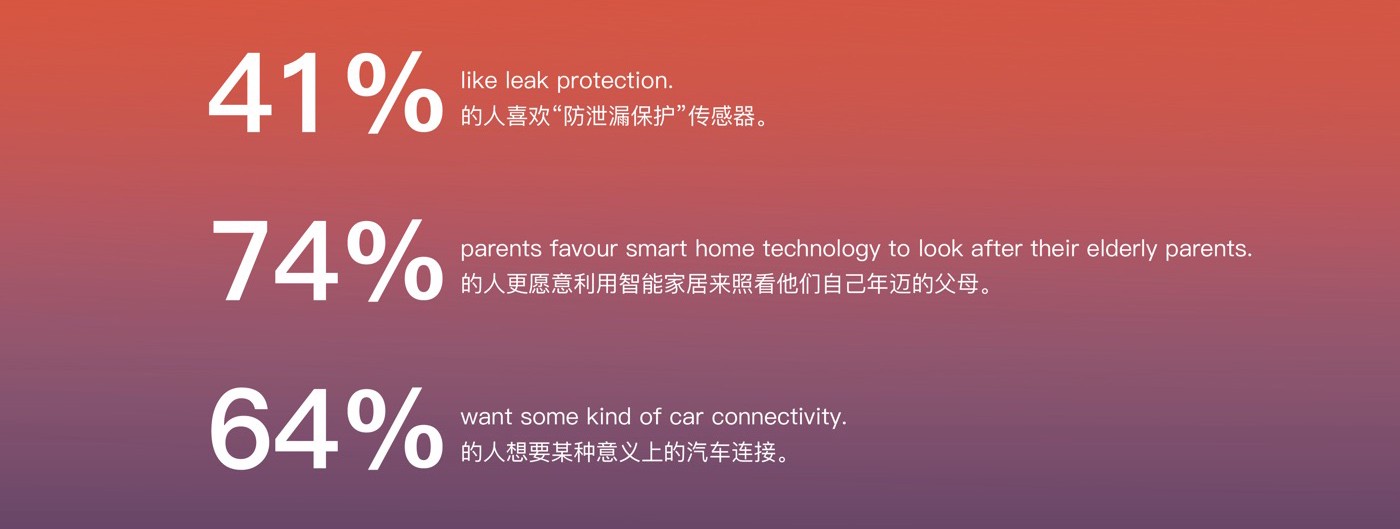 What people want from the Internet of Things and their smart homes.s
What people want from the Internet of Things and their smart homes.s
The insurance industry. In home care. The aging population and the silver tidal wave. Connected cars and transport. Each of these are entire industries that typically offer the world little in technological innovation when it comes to connectivity. And yet each of them aren’t only going to come to depend on connected devices, the people who use their products are going to demand it.
So where does that leave us all?
Back where the smart home and the Internet of Things should always have started. With real solutions.
Sources:
https://www.weforum.org/agenda/2016/01/the-fourth-industrial-revolution-what-it-means-and-how-to-respond ↩
http://qz.com/333313/milliions-of-facebook-users-have-no-idea-theyre-using-the-internet/ ↩
http://www.parksassociates.com/blog/article/pr-08022016 ↩ ↩2
https://www.icontrol.com/wp-content/uploads/2015/06/Smart_Home_Report_2015.pdf ↩